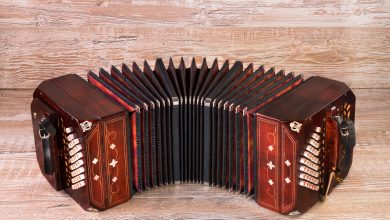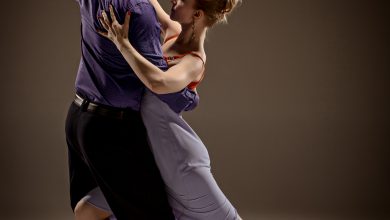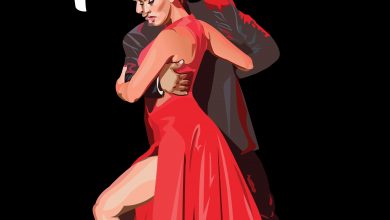Tango Nuevo

Tango following the “Golden Age” has been led by Ástor Piazzolla. His song Adiós Nonino became the most well known and influential work of tango music since Carlos Gardel’s El día que me quieras was released in 1935. During the 1950s, Piazzolla created a different tango form with new sounds that broke the classic forms of tango, which drew the criticism of purists and classical tango performers. Later, the 1970s saw the development in Buenos Aires a fusion of jazz and tango. Litto Nebbia and Siglo were especially popular in this jazz / tango movement. In the 1970s and 1980s, the vocal octet Buenos Aires 8 recorded classic tangos in elaborate arrangements, with complex harmonies and jazz influence, as well as recording an album with compositions by Ástor Piazzolla.
The post-Piazzolla generation (1980 to date) included tango musicians such as Dino Saluzzi, Rodolfo Mederos, Gustavo Beytelmann and Juan Jose Mosalini. Piazzolla and the tango generation that followed developed Nuevo Tango, a musical genre that incorporated jazz and classical influences into a more experimental style of tango.
In the late 1990s, tango composer and pianist Fernando Otero continued to add elements to the tango innovation process, expanding the orchestration while including improvisation and in his work.



